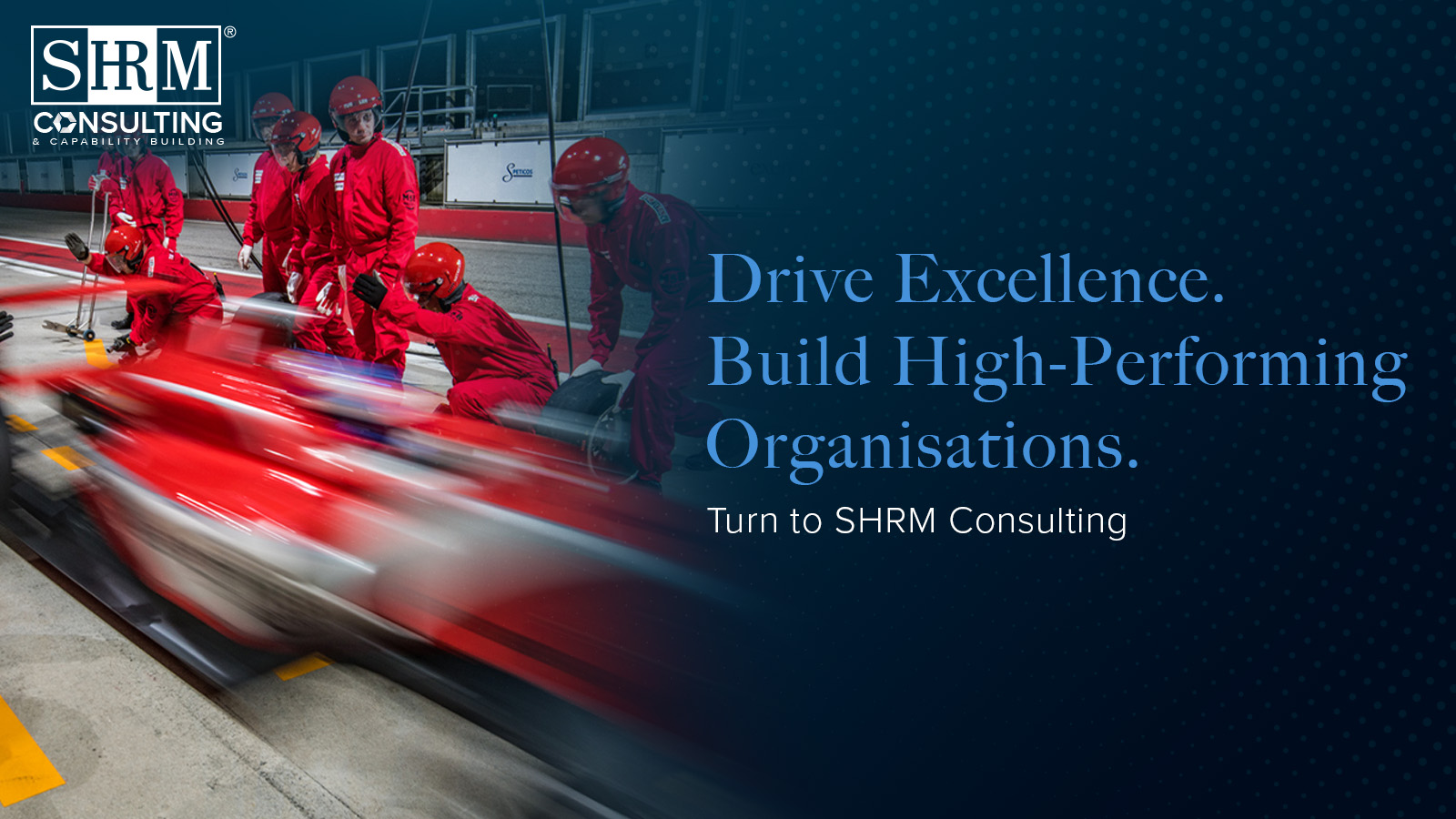In pursuing leadership excellence, feedback acts as a mirror, reflecting how one perceives oneself and how others experience oneself. This is the core power of a 360-degree assessment, which gathers insights from bosses, peers, direct reports, and even customers. When paired with a personality inventory, this tool becomes not just a mirror but a lens, helping leaders zoom in on the often-invisible forces shaping perception: their own personality.
Perception is Reality in Leadership
In today’s complex workplaces, perception is not just important—it is reality. How others experience a leader shapes their influence, credibility, promotability, and ultimately, career trajectory. Leaders who wish to climb the corporate ladder must take ownership of this perception, not by engaging in superficial image management, but by working on the real development areas that affect how they are perceived.
Improving perception doesn’t mean learning to say the right things at the right time. It means doing the hard work of behavioral change. If you’re seen as aloof, vague, aggressive, indecisive, or overly cautious, those impressions didn’t arise in a vacuum—they emerged from patterns of behavior, many of which stem directly from your natural personality style.
The Personality Trap
After reading their 360 reports, many leaders experience discomfort, sometimes even denial. It’s common to see reactions, “Well, that’s just their opinion,” or “They don’t understand what I’m dealing with.” This externalizing of the issue is understandable, but leaders often miss the point.
More often than not, leaders are playing into the hands of their personality. This is where a personality inventory becomes a powerful companion to a 360. It helps connect the dots between how a person is wired and how they show up at work.
Here lies the paradox: no leader can leave their personality at the office door. One brings it in daily: drive, caution, the need for harmony, and skepticism. Over time, if one is not mindful, personality is no longer just a tool—it begins to shape decisions and actions unconsciously. It becomes the filter through which situations are interpreted, conflicts are managed, decisions are communicated, and collaboration occurs. And yes—this is what others see, and this is what they respond to.
Becoming More Than Your Style
To grow as a leader, you need to recognize that your personality style is not a cage, but a starting point. Self-awareness is the key that unlocks the door. Once you understand the strengths and risks that can limit your personality, you can begin to make intentional shifts.
This is how sustainable behavioral change begins—not by rejecting who you are, but by learning to stretch beyond it.
Best Practices to Follow After Receiving Your 360 Report
So, what should you do once you receive your 360 feedback and personality insights?
Sit with the data, not the drama. Don’t rush to justify or explain away the results. Look for patterns. Where are the gaps between self-perception and others’ views?
Pair the 360 with your personality inventory. Look at where your natural tendencies may be driving blind spots. Are you being too accommodating, dominant, detail-focused, or withdrawn?
Pick two or three key behaviors/personality traits to work on. Don’t try to overhaul everything. Start with the behaviors that will make the most significant difference to how others experience you.
Create a development plan with accountability. Enlist a coach, mentor, or colleague who can give honest, ongoing feedback as you work on those behaviors.
Communicate your intent. Let your team know you’ve received feedback and are actively working on it. This builds trust and shows humility. You can even go the extra mile and share your report with your team and peers and the elements of your development plan that you plan to work on.
Revisit your progress. After 3-6 months, check in through informal feedback or another pulse check.
In the end, leadership is a journey of self-awareness. 360-degree assessments and personality inventories help leaders stop reacting and start evolving when used together. The truth is, you don’t lead in a vacuum—you lead in the minds of others. And what they see, feel, and experience defines your impact.
An organization run by AI is not a futuristic concept. Such technology is already a part of many workplaces and will continue to shape the labor market and HR. Here's how employers and employees can successfully manage generative AI and other AI-powered systems.




